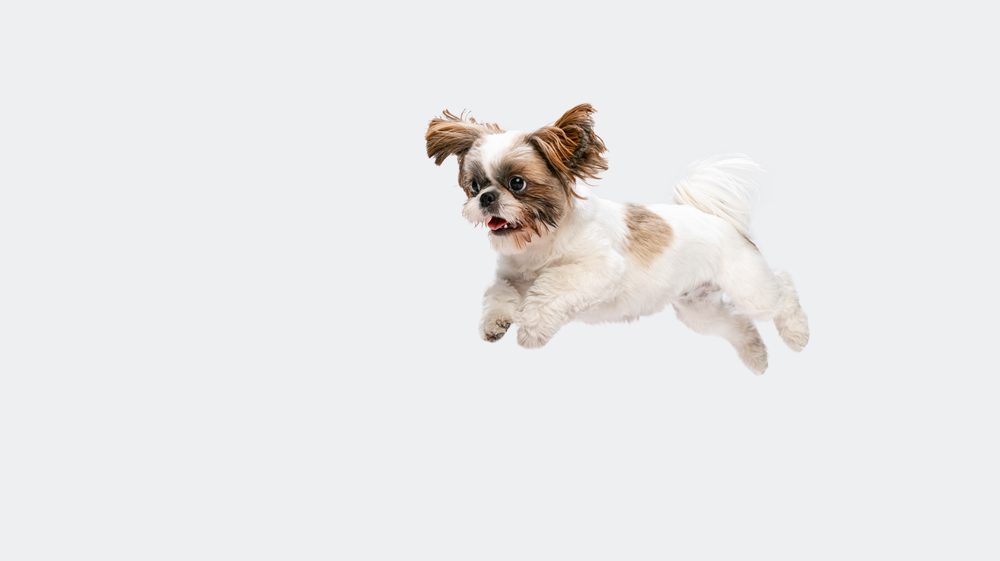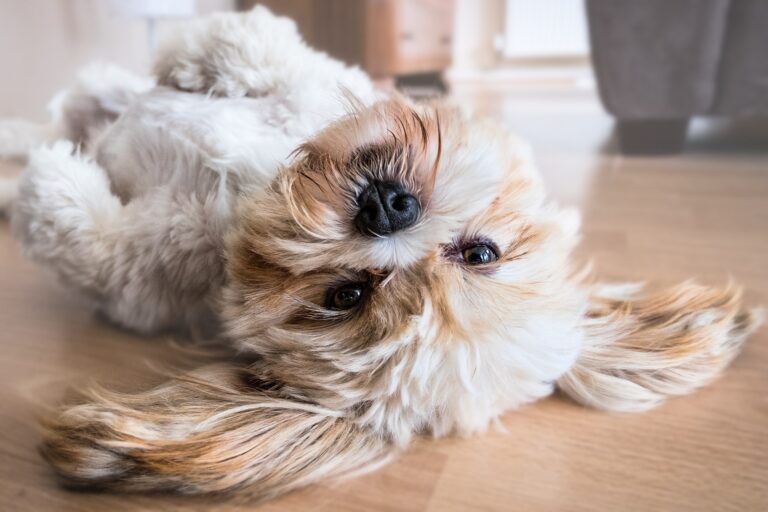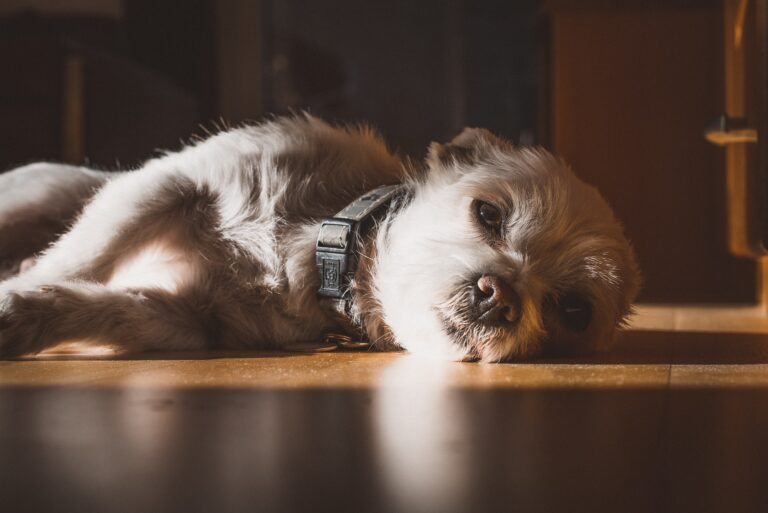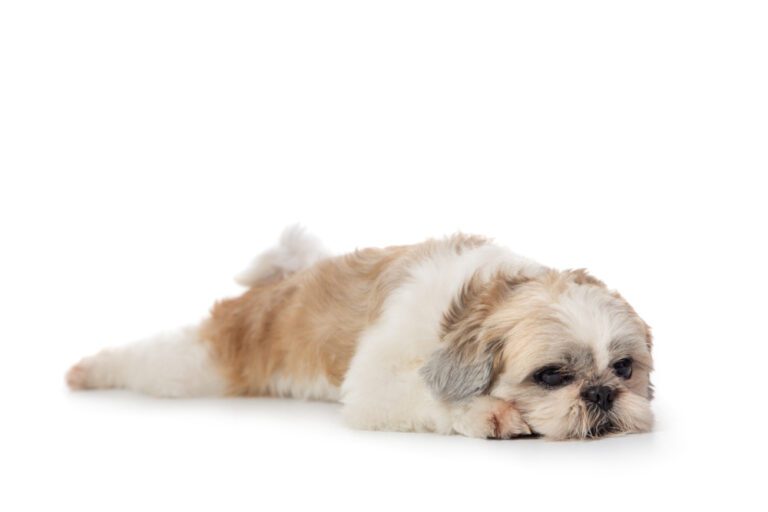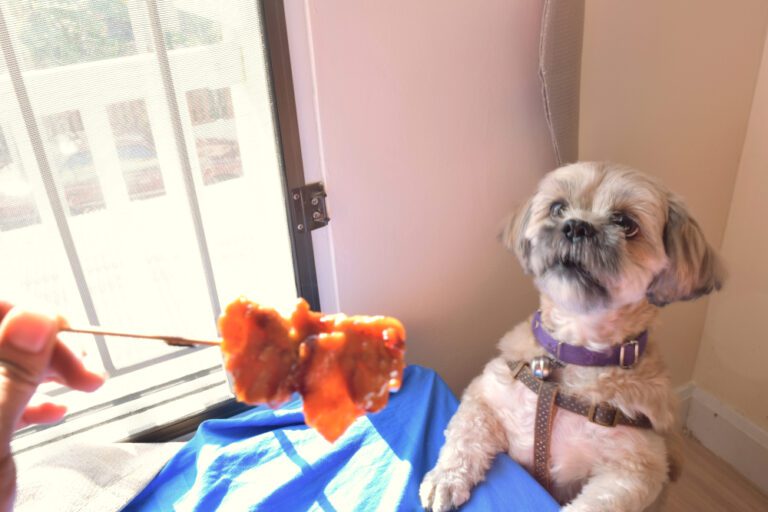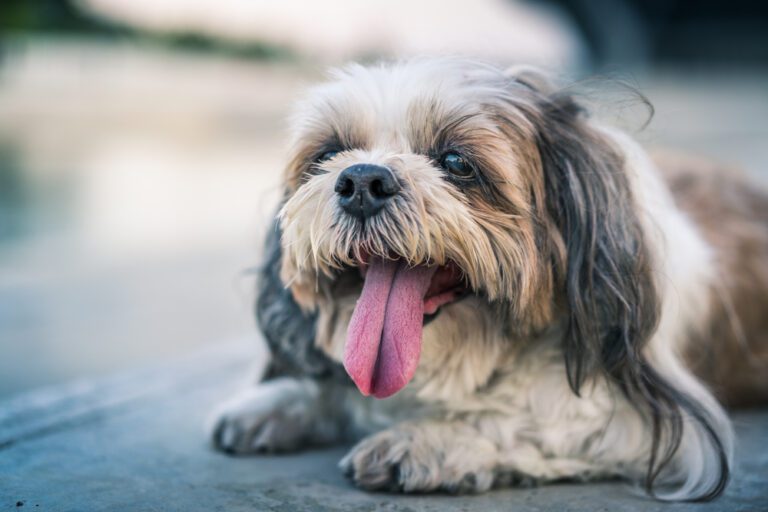Shih Tzu Ear Hair Removal: A Safe DIY Guide to Prevent Infections
Shih Tzus, with their luxurious long coats and adorable floppy ears, are beloved companions. However, those very ears, while charming, can also be a hidden breeding ground for problems if not properly maintained. The hair growing inside their ear canals can trap moisture, dirt, and debris, leading to painful and recurring ear infections.
While professional grooming is always an option, many Shih Tzu owners prefer to tackle ear hair removal at home.
“Shih Tzu Ear Hair Removal: A Safe DIY Guide to Prevent Infections” This guide will walk you through a safe and effective DIY approach, helping you keep your furry friend’s ears clean, healthy, and infection-free.
Shih Tzu Ear Anatomy and Hair Growth
To effectively remove ear hair, it’s helpful to understand the unique characteristics of a Shih Tzu’s ears. Shih Tzus have long, pendulous ears that cover the ear opening. This design, combined with the often thick hair growth inside the canal, creates a warm, moist environment – ideal for bacterial and yeast growth.
The hair within the ear canal isn’t just cosmetic; it serves a purpose in some breeds by protecting the eardrum. However, in breeds like the Shih Tzu, where it grows excessively, it becomes a hindrance. Regular removal is crucial for proper ventilation and hygiene.
Why Ear Hair Removal is Essential for Shih Tzus
Leaving excessive hair in your Shih Tzu’s ears can lead to a host of issues:
- Ear Infections: This is the most common and significant problem. Trapped moisture and debris create a perfect breeding ground for bacteria and yeast, leading to itchy, painful, and often odorous infections.
- Reduced Airflow: The hair acts like a blanket, preventing air circulation within the ear canal. This lack of ventilation contributes to moisture buildup.
- Wax Buildup: Hair can intertwine with ear wax, making it difficult for the natural cleaning mechanisms of the ear to function, leading to excessive wax accumulation.
- Discomfort and Pain: Chronic infections or severe wax buildup can cause your Shih Tzu significant discomfort, leading to head shaking, scratching, and even behavioral changes.
Preparing for Safe DIY Ear Hair Removal
Before you begin, gather all your necessary tools and create a calm environment for your Shih Tzu.
Essential Tools You’ll Need:
- Ear Powder (specifically for pets): This helps to grip the hair and reduce slippage, making it easier to pluck. It also has drying properties.
- Hemostats or Forceps (blunt-tipped, locking): These are crucial for safely gripping and pulling the hair. Ensure they are clean and sterilized.
- Cotton Balls or Pads: For cleaning the outer ear and applying ear cleaner.
- Pet-Specific Ear Cleaner: To clean the ear canal after hair removal and help prevent infections.
- Treats: To reward your Shih Tzu and make the experience more positive.
- Good Lighting: Essential for clearly seeing inside the ear.
Creating a Calm Environment:
- Choose a quiet time when your Shih Tzu is relaxed.
- If your dog tends to wiggle, get assistance from another person.
- Speak to your dog in a soothing voice throughout the process.
- Keep your initial sessions short, then extend them as your dog gets used to it.
Step-by-Step Guide to Safe Shih Tzu Ear Hair Removal
Important Precaution: If your Shih Tzu is showing signs of an active ear infection (redness, swelling, foul odor, discharge, pain), do not attempt to remove hair yourself. Consult your veterinarian immediately.
- Examine the Ear: Carefully raise your Shih Tzu’s ear flap and examine the inner ear canal. Check for any redness, swelling, discharge, or a foul odor.
- If the ear appears healthy, proceed.
- Apply Ear Powder: Sprinkle a small amount of pet-specific ear powder into the ear canal. Gently massage the base of the ear to help the powder distribute and grip the hair. Wait a minute or two for the powder to work.
- Grip Small Tufts of Hair: Using your sterilized hemostats or forceps, grasp a very small tuft of hair at a time. Aim for just a few strands, not a large clump. Grasp the hair as close to the skin as possible without pinching the skin itself.
- Pull Quickly and Firmly: With a quick, firm pull, pluck the hair out. The motion should be swift to minimize discomfort. Pull in the direction of hair growth. Your Shih Tzu might flinch or shake their head, which is normal.
- Work Gradually: Continue plucking small tufts of hair, working your way around the ear canal. Take breaks if your dog becomes agitated. The goal is to remove the excess hair without causing undue stress or pain. Don’t try to get every single hair in one session.
- Clean the Ear: Once you’ve removed the majority of the visible hair, use a pet-specific ear cleaner. Apply the cleaner as directed on the product label (usually a few drops or a squirt into the ear canal). Gently massage the base of the ear for 30 seconds to help the cleaner dislodge any remaining debris.
- Wipe Away Debris: Let your Shih Tzu shake their head; this helps dislodge any debris and bring it to the surface. Use a cotton ball or pad to gently wipe away any visible wax or discharge from the outer ear and the entrance of the ear canal. Never insert anything deep into the ear canal.
- Reward Your Shih Tzu: Immediately praise and reward your Shih Tzu with treats and positive reinforcement thats helps create a positive association with ear care.
Aftercare and Preventing Infections
- Monitor for Irritation: For a day or two after hair removal, keep an eye on your Shih Tzu’s ears for any signs of redness or irritation. Mild redness is normal, but excessive irritation or discharge warrants a vet visit.
- Regular Cleaning: Even without hair removal, regular ear cleaning (every 1-2 weeks) with a pet-specific ear cleaner is crucial for preventing infections.
- Maintain Grooming Schedule: The frequency of ear hair removal depends on your Shih Tzu’s individual hair growth. Some may need it every 3-4 weeks, while others can go longer. Regular checks will help you determine the best schedule.
- Keep Ears Dry: After baths or swimming, ensure your Shih Tzu’s ears are thoroughly dried, especially the inner ear flap.
When to Seek Professional Help
While DIY ear hair removal can be safe and effective, there are times when professional help is essential:
- Active Ear Infection: As mentioned, if you suspect an infection, consult your vet immediately.
- Excessive Pain or Resistance: If your Shih Tzu is extremely resistant or shows signs of pain during the process, it’s best to let a professional groomer or vet handle it.
- Uncertainty: If you’re unsure about the process or uncomfortable, err on the side of caution and seek professional guidance.
- Recurring Infections: If your Shih Tzu suffers from frequent ear infections despite your best efforts, a vet can identify underlying causes and recommend a comprehensive treatment plan.
By following this guide, you can confidently and safely remove ear hair from your Shih Tzu, contributing significantly to their overall ear health and preventing uncomfortable infections. Regular care will ensure your beloved companion remains happy, healthy, and ready for cuddles.
FAQs
How often should I remove ear hair from my Shih Tzu?
The frequency depends on your Shih Tzu’s individual hair growth. On average, every 3-6 weeks is a good guideline, but regular checks will help you determine the best schedule for your dog.
Is plucking ear hair painful for my Shih Tzu?
When done correctly, by plucking small tufts quickly, it should only cause minimal discomfort, similar to plucking an eyebrow hair. However, some dogs are more sensitive than others. Using ear powder helps reduce pain by providing a better grip.
Can I use tweezers instead of hemostats?
While small tweezers can be used for very fine hairs, blunt-tipped hemostats or forceps are generally safer and more effective for gripping the thicker hair found in a Shih Tzu’s ear canal. Their locking mechanism also provides a more secure grip.
My Shih Tzu’s ear smells bad. Is it an infection?
A foul odor is a strong indicator of an ear infection. Other signs include redness, swelling, discharge, and head shaking. If you notice a bad smell, consult your veterinarian immediately.
What kind of ear cleaner should I use?
Always use a pet-specific ear cleaner recommended by your veterinarian or a reputable pet supply store. Human ear cleaners can be too harsh or contain ingredients harmful to dogs.

